Paisley Art Institute sells a quarter of its collection after museum row
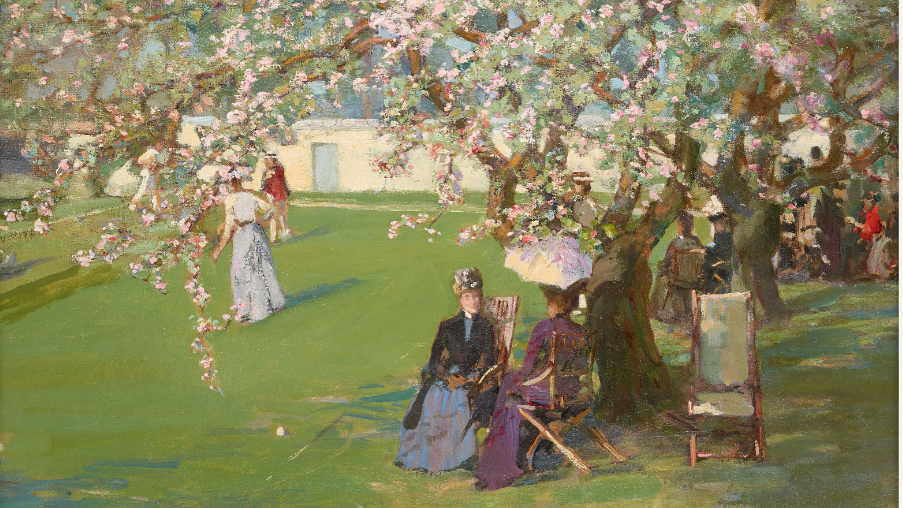
Sir John Lavery's The Tennis Match is among the works being auctioned
- Published
Paisley Art Institute is selling a quarter of its art collection at auction after a row with Paisley Museum forced them to seek a new home in Glasgow.
The first 15 paintings, including work by the Glasgow Boys and the Scottish Colourists, have gone on display at Lyon & Turnbull’s London showroom ahead of an auction in Edinburgh in September.
Paisley Art Institute was established by a group of artists in 1876 and has been collecting work since 1914.
Until recently it enjoyed a close relationship with Paisley Museum, which was established in the same year.
Paisley artists facing biggest challenge in 150 years
- Published13 April 2024
Their annual exhibitions were staged there and their collection was held in storage, but the relationship was strained when the museum closed for refurbishment in 2018.
PAI were unhappy with the offer of display space in the museum, which is due to reopen in 2025, or the selection of artworks for public display.
Since April, they’ve been gradually moving the works to the Glasgow Art Club, where they’ve been staging their annual shows.
But they say the decision comes at a price.
“The task of hanging onto the collection is way beyond our modest means as a charity,” says PAI’s president Joe Hargan.
“The value of these works would probably cost us £20,000 to £30,000 a year, just on insurance alone and then there’s the cost of security at Glasgow Art Club.”
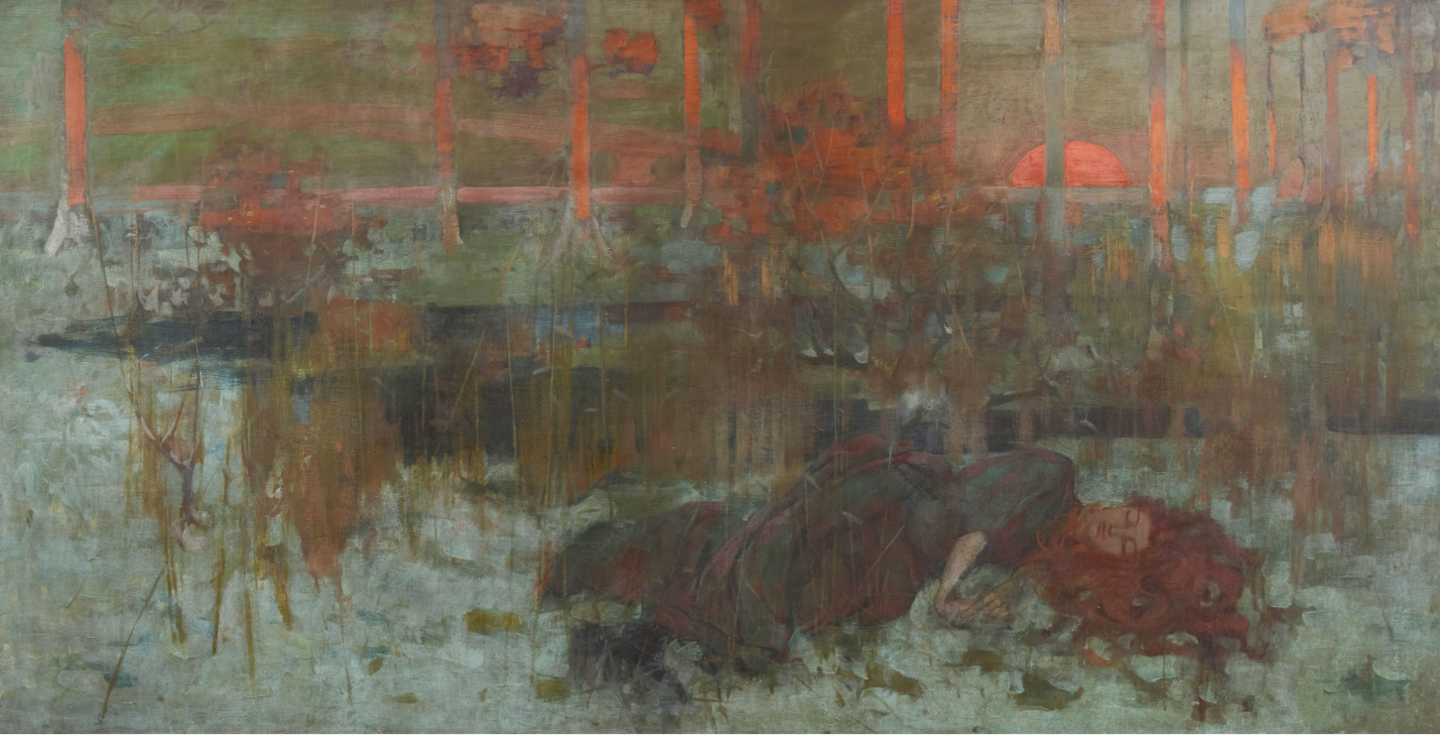
Winter by George Henry
So PAI has taken the radical decision of selling 100 of the most prestigious paintings. The first 15 went on display in Lyon and Turnbull’s London showroom this week.
They include four paintings by Sir John Lavery, the Belfast-born artist who lived and worked in Paisley in the 1880s, including at Paisley Lawn Tennis Club.
His work is currently in the spotlight with a major new exhibition at the National Galleries of Scotland.
“These are the highlights of the collection,” says James McNaught, associate director at Lyon & Turnbull London.
“There are some fantastic works from the late 19th and early 20th Century, including works by George Henry, Sir James Guthrie and FBC Cadell, and but there’s also a wonderful Glasgow Girl work by Stansmore Dean.
“It's such a rare opportunity for them to be made available and seen, let alone come to the market.”
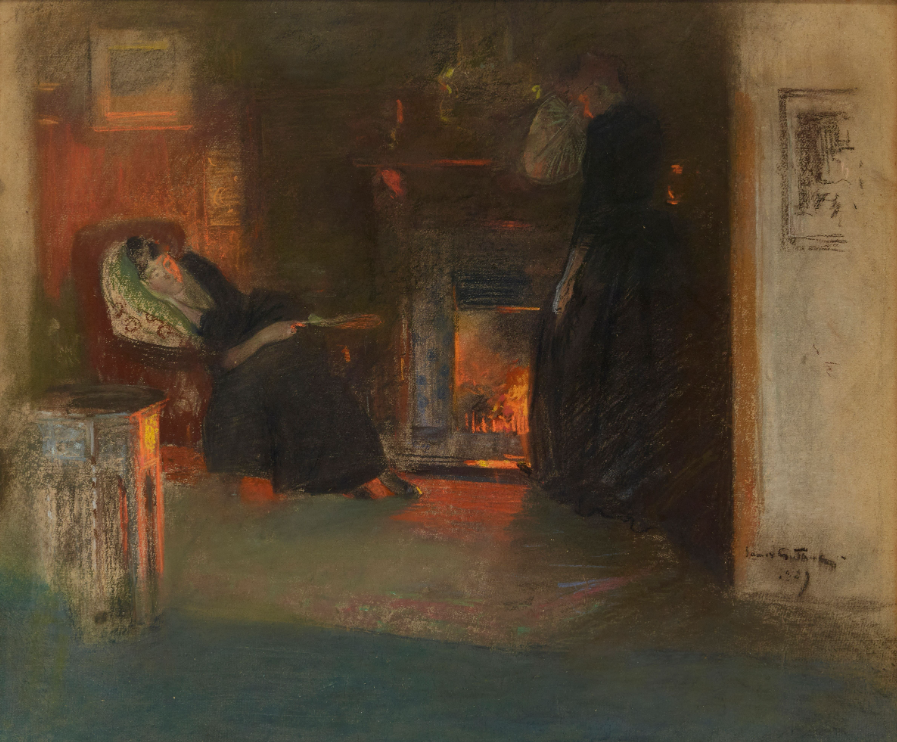
Firelight Reflections by James Guthrie
In the late 19th and early 20th Century, the town of Paisley in Renfrewshire was a centre of artistic excellence thanks to its prosperous textile trade which relied on trained artists and designers.
At one point it even had its own art school, Paisley Government School of Art Design.
Several of The Glasgow Boys lived and worked in Paisley, attending its art school.
PAI, founded in 1876, was at the forefront of developments in both British and European modern art.
As a result, the Institute built up a unique art collection which includes general, diploma, and national drawing competition works.
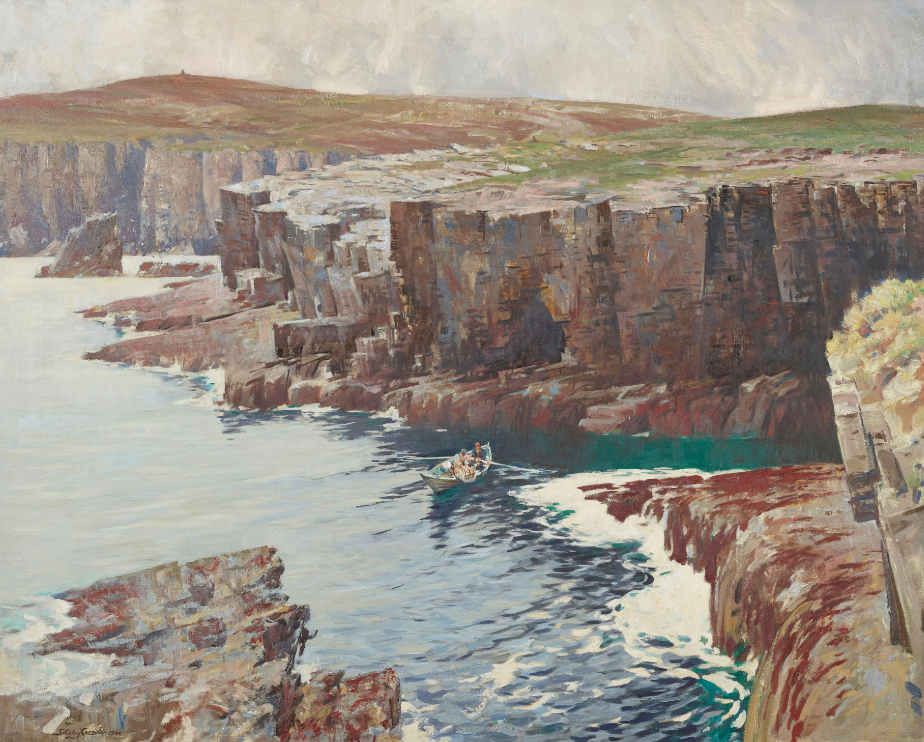
Stanley Cursiter's A Rockbound Coast
PAI says it is able to secure the latter two parts of the collection, which includes work by living artists, by selling the historic collection.
“We are sad to break up the collection but we cannot salvage everything,” said Joe Hargan.
“This is a way to save the actual Institute, the community of artists and the good works they've been doing for the last 150 years.”
Their hope is that it will raise between £1m and £1.5m at auction in September and they plan to reinvest the money in their new home, the Glasgow Art Club, in conservation of the remaining collection and in new awards and grants for artists.
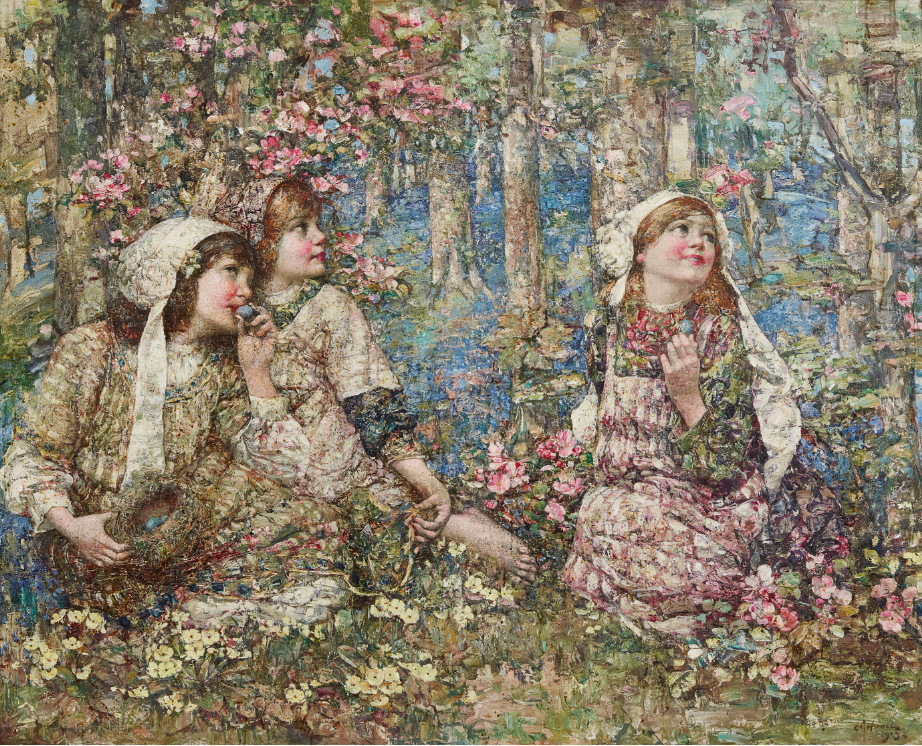
Voices In The Woodland by Edward Atkinson Hornel
Earlier this year, Joe Hargan described the dispute as the greatest crisis in the institute’s history, but he believes the auction in Edinburgh on 26 September will be an important turning point.
“We could have given the work away to another organisation, but we wouldn’t have had the funds to be able to do anything else and we would be back 150 years to the start of PAI. This is the most pragmatic answer.
“Glasgow will benefit from the situation and unfortunately Paisley will lose out. That's their choice, not our choice."
Renfrewshire Council and area culture service One Ren both declined to comment on the sale.
A selection of paintings from the collection will be displayed in the Glasgow Art Club from Tuesday 20 August to Friday 23 August.